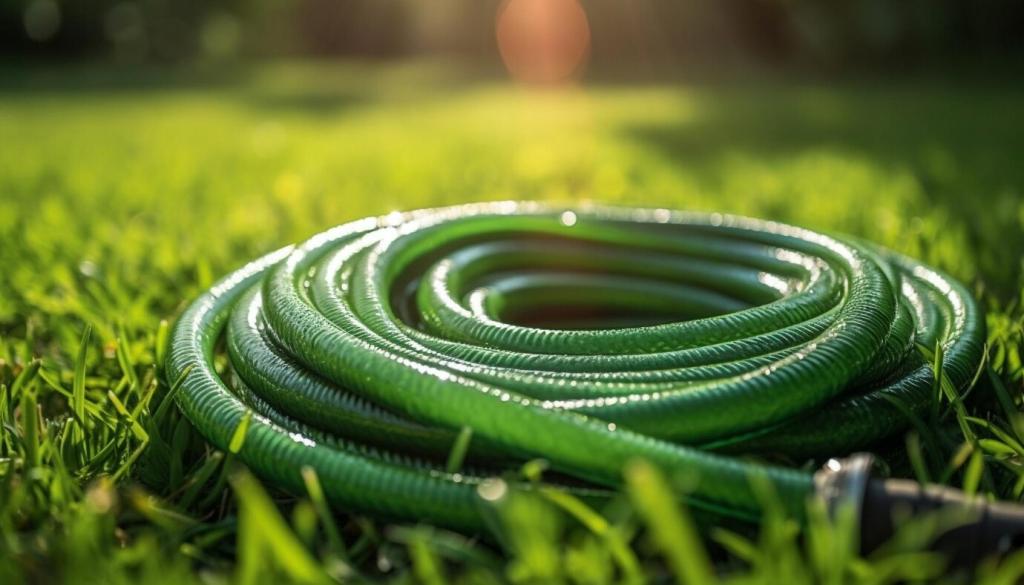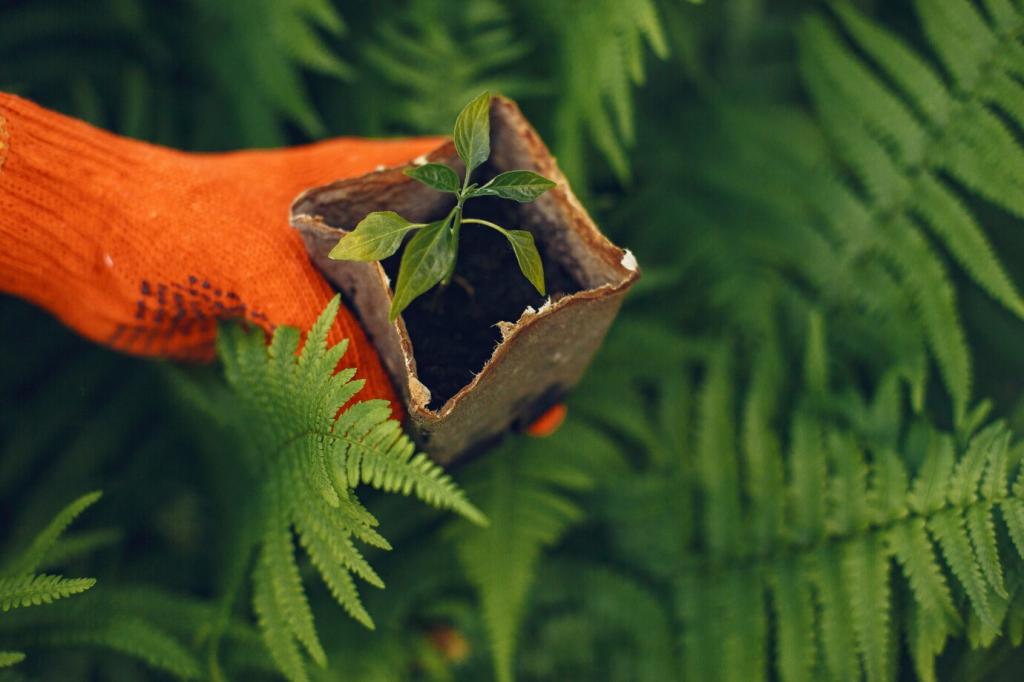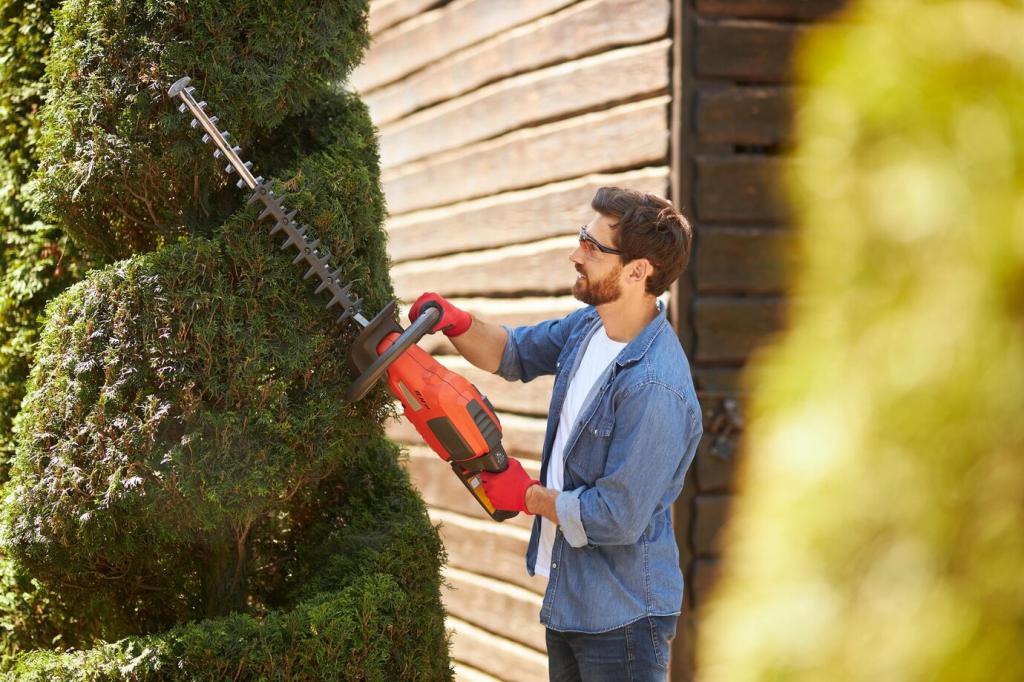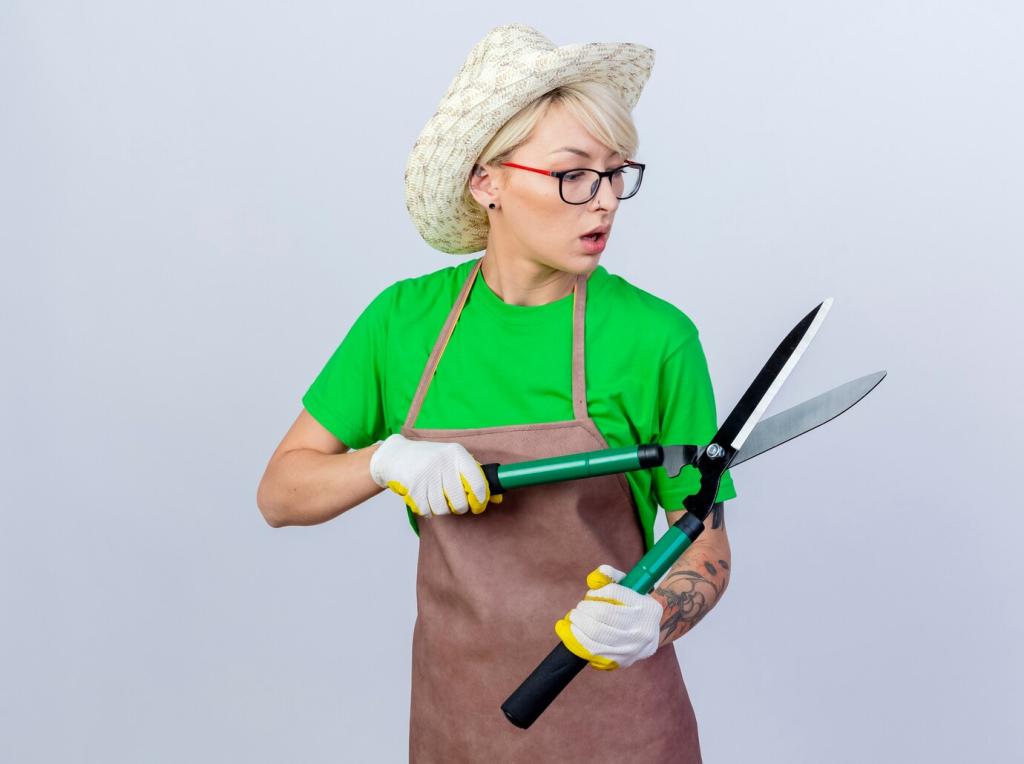
Embrace the Glow: Chemical-Free Furniture Polish
Today’s chosen theme: Chemical-Free Furniture Polish. Step into a healthier, more sustainable way to care for your home. From simple, plant-based ingredients to thoughtful techniques, discover how to bring out the natural beauty of wood without harsh chemicals.
Why Chemical-Free Polish Matters
Conventional polishes often release volatile organic compounds that linger for hours. Chemical-free blends avoid harsh solvents, reducing headaches and irritation while keeping your living room fresh. Your furniture shines, and your lungs quietly thank you every time you exhale.

Core Ingredients and How They Work
Jojoba, olive, and fractionated coconut oils penetrate shallowly to replenish lost moisture and revive depth of tone. They soften dryness without leaving a sticky film, and their subtle sheen highlights the grain instead of masking it with shine.

Core Ingredients and How They Work
Beeswax adds a velvety, touchable glow while carnauba offers a harder, more durable top layer. Together, they resist fingerprints and minor scuffs. A thin wax finish also slows moisture swings, helping prevent seasonal cracking and cup-ring ghosts.
Everyday Spray Polish
Combine one part white vinegar, two parts distilled water, and one part witch hazel with a teaspoon of jojoba oil in a spray bottle. Shake gently, mist a cloth—not the wood—and wipe along the grain. Buff dry for a calm, natural glow.
Deep-Nourish Balm
Melt two parts beeswax with five parts jojoba oil using a simple double boiler. Cool until creamy. Massage a pea-sized amount into the wood, wait ten minutes, then buff. Ideal for thirsty butcher-block carts, vintage dressers, and frequently handled rails.
Quick Lemon Refresh
Infuse lemon zest in olive oil for a week, strain, then add a few drops of vitamin E. Apply a tiny amount with a lint-free cloth and buff immediately. Brightens dull patches fast; avoid unfinished pine and always test for colorfastness first.



Application Techniques for a Lasting Glow
Use lint-free cotton or high-quality microfiber to prevent residue trails. Work with the grain to reduce swirl marks and improve absorption. A dedicated polishing cloth kept clean and dry will outperform disposables and reduce waste year after year.
Application Techniques for a Lasting Glow
Thin coats are easier to buff and won’t attract dust. Start with a few drops, spread widely, and add only if needed. Over-application can look greasy, while a sparing hand delivers that refined, breathable sheen woodworkers cherish.


Troubleshooting and Myths
Streaks often signal too much product or insufficient buffing. Try a clean, dry cloth and lighter layers. If cloudiness persists, reduce wax ratio slightly, allow more cure time, and test again on a hidden edge before polishing the entire surface.
Troubleshooting and Myths
Some plant oils can turn stale over time. Mix small batches, store in dark glass, and add a drop of vitamin E as an antioxidant. If the scent shifts unpleasantly, compost the old batch and prepare a fresh, clearly dated jar.
